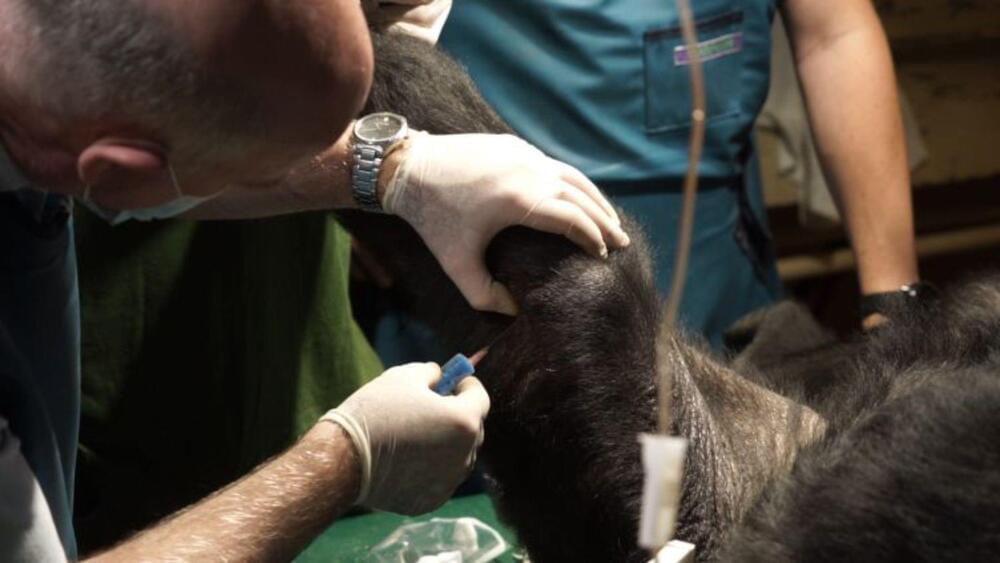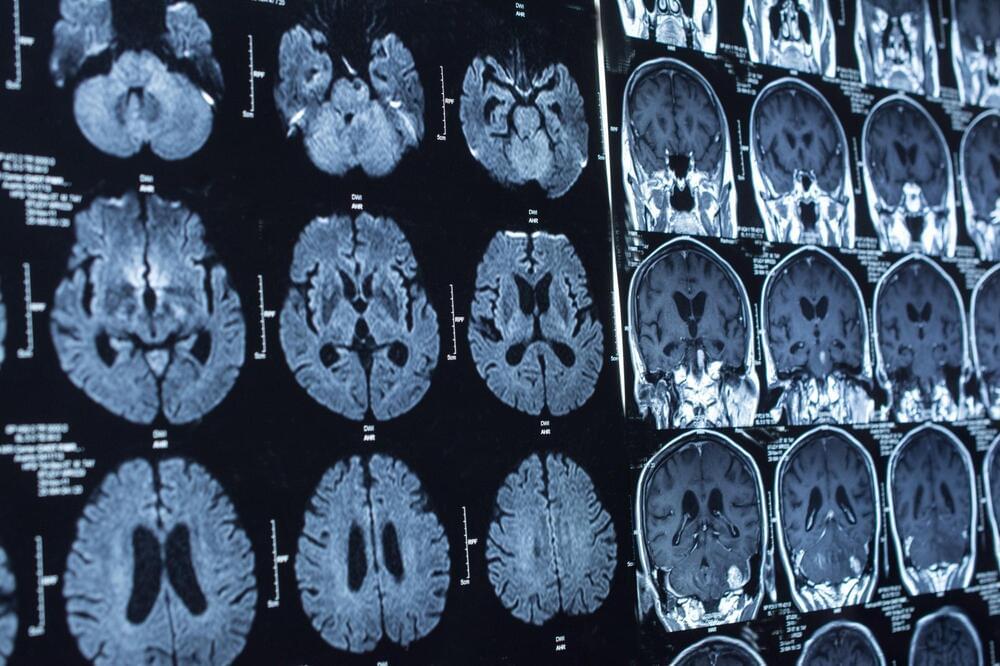Ensuring security in the software market is undeniably crucial, but it is important to strike a balance that avoids excessive government regulation and the burdens associated with government-mandated legal responsibility, also called a liability regime. While there’s no question the market is broken with regards to security, and intervention is necessary, there is a less intrusive approach that enables the market to find the right level of security while minimizing the need for heavy-handed government involvement.
Imposing a liability regime on software companies may go too far and create unintended consequences. The downsides of liability, such as increased costs, potential legal battles, and disincentives to innovation, can hinder the development of secure software without necessarily guaranteeing improved security outcomes. A liability regime could also burden smaller companies disproportionately and stifle the diversity and innovation present in the software industry.
Instead, a more effective approach involves influencing the software market through measures that encourage transparency and informed decision-making. By requiring companies to be fully transparent about their security practices, consumers and businesses can make informed choices based on their risk preferences. Transparency allows the market to drive the demand for secure software, enabling companies with robust security measures to potentially gain a competitive edge.









